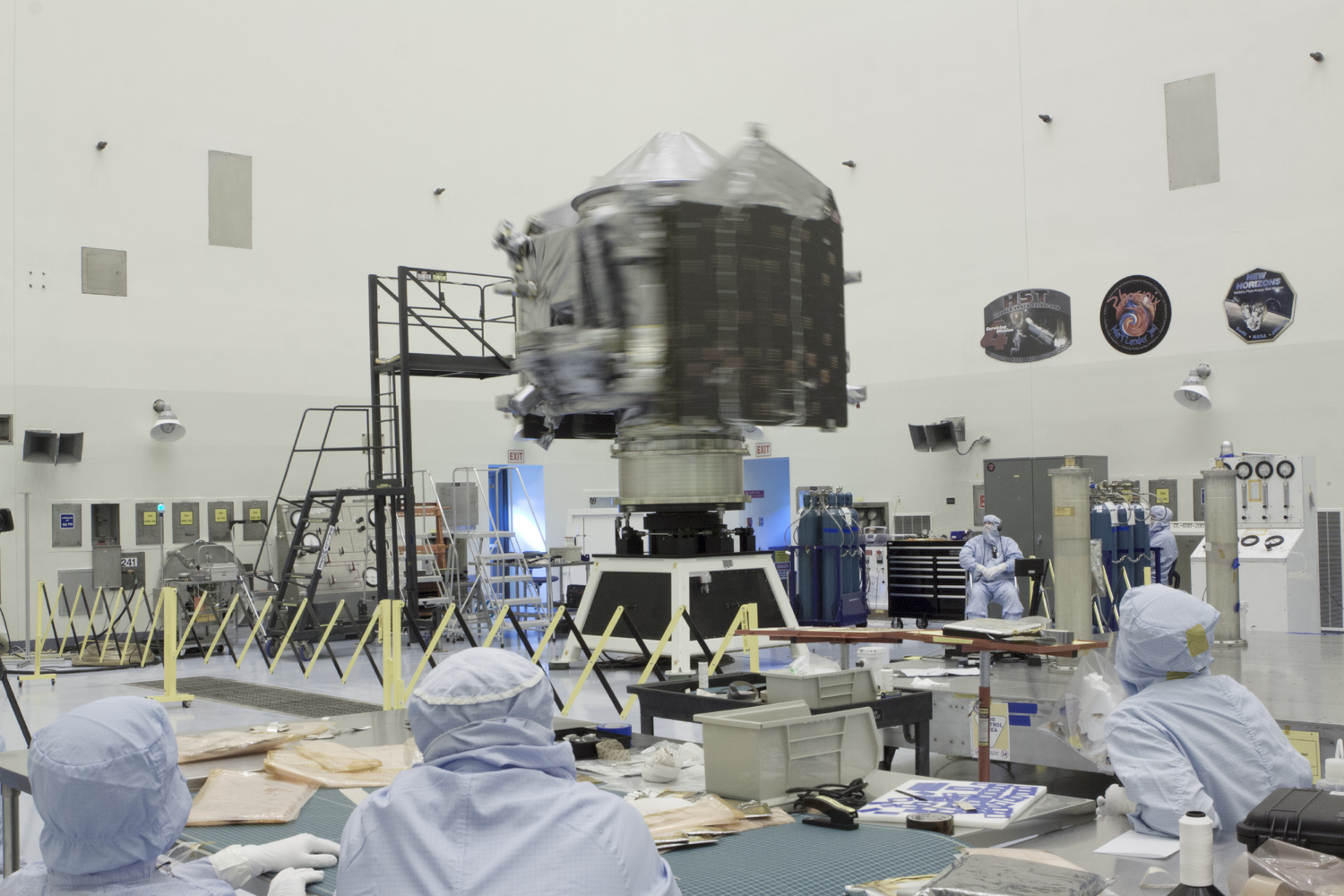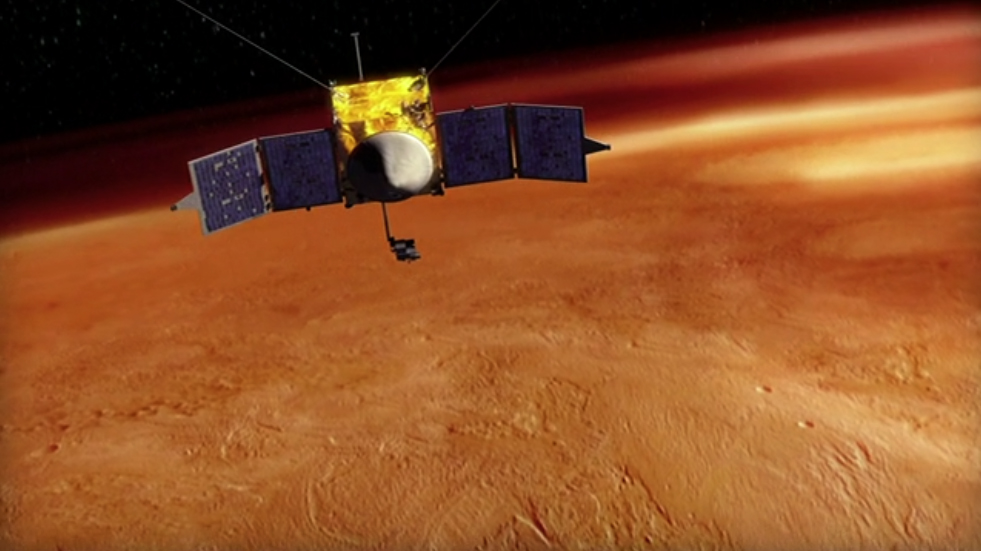
NASA is putting the finishing touches on its next Mars mission, which is slated to launch toward the Red Planet just three weeks from today (Oct. 28).
The Mars Atmosphere and Volatile Evolution spacecraft, or Maven for short, is due to lift off from Florida's Cape Canaveral Air Force Station on Nov. 18. Maven is designed to study the Red Planet's upper atmosphere in great detail, and mission scientists hope the probe's observations yield insights into how Mars shifted from a relatively warm, wet world in the ancient past to the cold and dry place we know today.
"The Maven mission is a significant step toward unraveling the planetary puzzle about Mars' past and present environments," NASA science chief John Grunsfeld said in a statement. "The knowledge we gain will build on past and current missions examining Mars and will help inform future missions to send humans to Mars." [NASA's Maven Mission to Mars (Photos)]
Maven's journey will begin atop a United Launch Alliance Atlas 5 rocket. The probe will then endure a 10-month cruise to Mars, arriving in orbit around the Red Planet in September 2014.
The $671 million Maven mission will spend at least one Earth year studying Mars' air with three different instrument suites. Scientists hope Maven's observations reveal details about how the Red Planet lost much of its atmosphere, which was once relatively thick but is now just 1 percent as dense as that of Earth.

Maven will not be able to probe the Red Planet's air for methane, a gas whose presence could be a sign of potential Martian lifeforms. (About 90 percent of the methane in Earth's atmosphere is biologically derived, scientists say.)
"We just had to leave that one off to stay focused and to stay within the available resources," Maven principal investigator Bruce Jakosky, of the University of Colorado, Boulder's Laboratory for Atmospheric and Space Physics, told reporters today.
Get the Space.com Newsletter
Breaking space news, the latest updates on rocket launches, skywatching events and more!
Maven's march toward launch was briefly threatened by the government shutdown, which forced NASA to cease most operations and furlough 97 percent of its workforce from Oct. 1 through Oct. 16. But the mission received an emergency exception on Oct. 3, in large part because of Maven's importance as a future communications link between Earth and robots on the Red Planet's surface.
The two-day halt in liftoff preparations has not had any major effects, mission officials said.
"We're on a nominal pre-shutdown plan at this time," said Maven project manager David Mitchell, of NASA's Goddard Space Flight Center in Greenbelt, Md.
Maven's launch window officially runs from Nov. 18 through Dec. 7, though Jakosky has said that that spacecraft could actually lift off as late as Dec. 15. Beyond that date, the mission would have to wait more than two years for another favorable alignment of Earth and Mars.
Follow Mike Wall on Twitter @michaeldwall and Google+. Follow us @Spacedotcom, Facebook or Google+. Originally published on SPACE.com.
Join our Space Forums to keep talking space on the latest missions, night sky and more! And if you have a news tip, correction or comment, let us know at: community@space.com.

Michael Wall is a Senior Space Writer with Space.com and joined the team in 2010. He primarily covers exoplanets, spaceflight and military space, but has been known to dabble in the space art beat. His book about the search for alien life, "Out There," was published on Nov. 13, 2018. Before becoming a science writer, Michael worked as a herpetologist and wildlife biologist. He has a Ph.D. in evolutionary biology from the University of Sydney, Australia, a bachelor's degree from the University of Arizona, and a graduate certificate in science writing from the University of California, Santa Cruz. To find out what his latest project is, you can follow Michael on Twitter.









